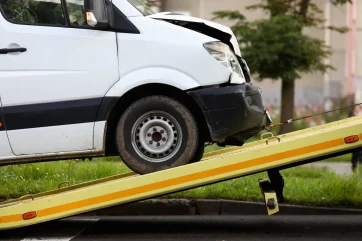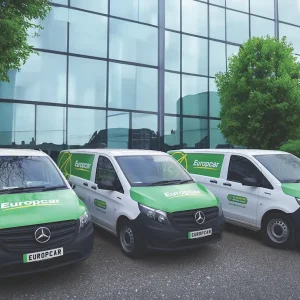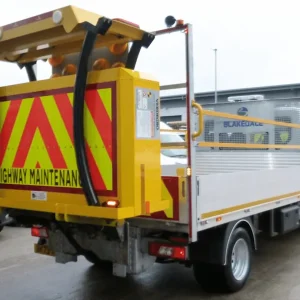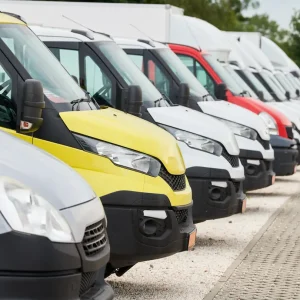
Working collaboratively could help fleets to contain rising vehicle repair costs.
That’s according to David Bartlett, head of AA Accident Management, who said vehicle operators should aim for greater cooperation between all parties with a stake in repair processes, including bodyshops, insurers, brokers, vehicle leasing companies, and accident management providers.
Addressing a meeting of the Association of Fleet Professionals’ (AFP) Megafleets Committee, Bartlett said: “The list of cost pressures is long. Some are global – the latest is the recent growth of tariffs on core materials such as steel – and we also continue to see the impact of wars, Covid and Brexit on supply chains. Other issues are more local – rising labour costs, ongoing skills shortages and rapid UK growth in electrification.
“All of this is happening while the number of repairers has fallen by about two-thirds since 2019, too, affecting capacity.
“However, steps can be taken to create a higher level of control over costs and working collaboratively is probably the most important. If everyone involved in the repair process has a better understanding of mutual needs and challenges, opportunities can be identified to introduce cost control, as well as to increase service standards. It’s all about dialogue.”
Bartlett also addressed concerns from AFP members about insurers being more likely to declare EVs a total write-off because of a shortage of technician skills and concerns around battery handling.
He said: “Part of the collaborative approach is to push back if you are unhappy with what the insurer is doing. If you believe an EV write-off is unfair or inappropriate, gather information and talk to your insurer and broker to see if another, hopefully lower cost, solution can be identified. After all, you are the customer.
“When it comes to EVs, an important point can be to consult your partners about the vehicles you are acquiring. There are quite large differences when it comes to parts accessibility and the availability of repair skills, and these can have an impact on not just repair costs but lead times, and the days or weeks spent in the bodyshop.”
Bartlett added that technology was another potential solution to controlling repair costs, through the adoption of both well-established and cutting-edge products.
He said: “Dashcams and telematics aid understanding of accidents and fleets that aren’t using them should doubtless consider doing so but you can also use artificial intelligence to gather information from drivers.
“Instead of a standard online incident form, a more advanced approach means each subsequent question builds on the driver’s previous response. It makes effective gathering of appropriate data easier and allows us to triage the repair.”





